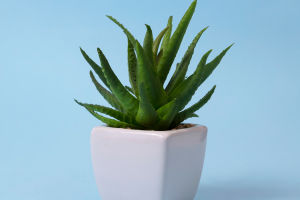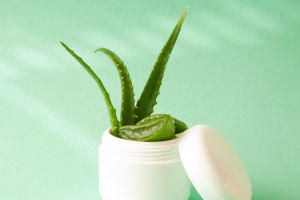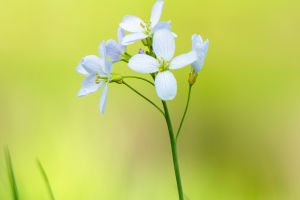Hey, Lykkers, have you ever marveled at the way waterdrops glisten on leaves after a gentle rain?
Macro photography allows us to dive into this miniature world, revealing stunning details that are often overlooked.
Capturing the beauty of waterdrops on leaves is an art that requires both technical know-how and a creative eye.
Here's how you can master this delicate yet rewarding photography niche.
Choosing the Right Equipment
First things first, you'll need the right gear. A good macro lens is essential for getting up close and personal with those tiny water drops. Look for a lens with a 1:1 magnification ratio, which allows you to capture the subject in its actual size. If you're on a budget, consider using extension tubes or close-up filters to transform your existing lens into a macro lens. A tripod is also a must to keep your camera steady, especially when shooting at high magnifications where even the slightest movement can result in a blurry image.
Lighting Matters
Lighting is crucial in macro photography, and it can make or break your shot. Natural light is often the best choice, especially during the early morning or late afternoon when the sun is softer and the light is warmer. This is also when dew drops are most likely to form naturally on leaves, adding an extra layer of beauty to your images. If natural light isn't available or sufficient, consider using a ring light or a diffused flash to evenly light your subject without harsh shadows.
Perfecting Focus and Depth of Field
When photographing waterdrops on leaves, the focus is everything. Since waterdrops are small and often reflective, achieving sharp focus can be challenging. Use manual focus to have full control over where your focal point lands. Focus stacking is another technique you can use—by taking multiple shots at different focus points and combining them in post-processing, you can create an image with an extended depth of field that keeps the entire waterdrop in sharp focus.
Speaking of depth of field, you'll need to carefully balance it to ensure that both the waterdrop and the leaf are in focus. Using a smaller aperture (higher f-stop number) will increase the depth of field, but be aware that this will also require more light or a slower shutter speed, hence the importance of a tripod. Experiment with different settings until you find the sweet spot that works for your shot.
Composition and Creativity
While technical settings are important, creativity plays a crucial role in macro photography. Experiment with different compositions—try shooting from various angles, such as straight above the leaf or from the side, to create unique perspectives. Pay attention to the background as well. A simple, uncluttered background will make your waterdrop the star of the show. You can achieve this by adjusting your shooting angle or using a piece of black or white paper as a backdrop.
Reflections within the waterdrop can add a fascinating element to your photos. Position yourself so that the reflection of the surrounding environment or the sky is visible within the drop. Alternatively, you can use colored paper or objects to create interesting patterns or colors reflected in the waterdrop. Don't be afraid to get creative!
Post-Processing Tips
After capturing your shots, post-processing can enhance the beauty of your images. Use software like Adobe Lightroom or Photoshop to fine-tune the details. Adjust the contrast and sharpness to make the waterdrop stand out, and consider using the vignette effect to draw more attention to your subject. However, remember to keep the edits natural and subtle—after all, the goal is to showcase the natural beauty of waterdrops on leaves.
Capturing the beauty of waterdrops on leaves through macro photography is both challenging and rewarding. By mastering the technical aspects and unleashing your creativity, you can produce stunning images that highlight the intricate details of nature. So, grab your camera, head outside, and start exploring the mesmerizing world of waterdrops!


